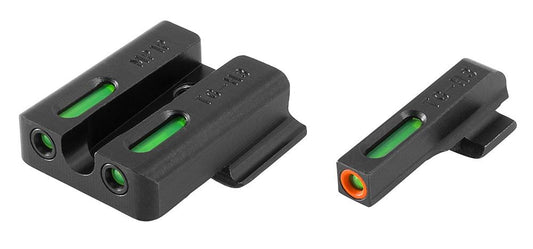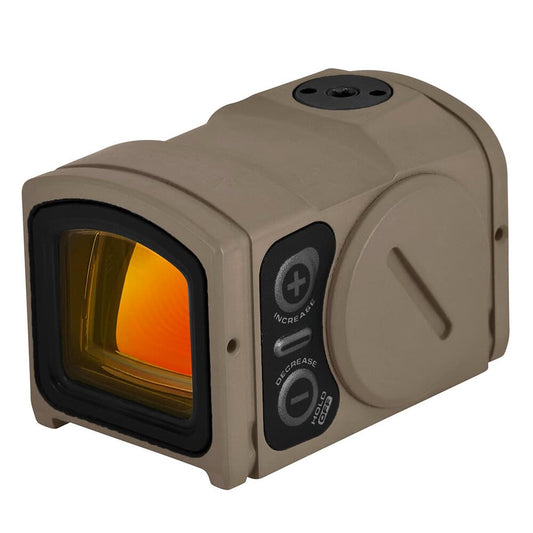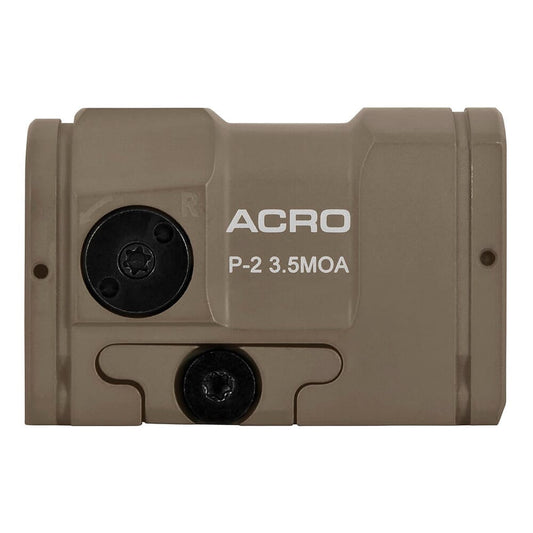

Truglo TFX Pro Tritium/Fiber-Optic Day/Night Sights are engineered for optimal performance in various lighting conditions. These sights utilize advanced tritium and fiber-optic technology to deliver a bright sight picture, making target acquisition quick and efficient, whether in daylight or low-light situations. The contrasting colors of the front and rear sights enhance focus and alignment, while the U-notch rear design allows for rapid sight alignment, ensuring improved accuracy in critical moments. The aggressive rear edge provides the capability for emergency one-handed operation, essential when every second counts.
Designed specifically for the S&W M&P Shield, S&W M&P 22, S&W M&P SD9, and S&W M&P SD40, these sights reflect Truglo’s commitment to quality. Their durable construction withstands harsh conditions and chemicals, ensuring reliability when it matters most. Upgrade your shooting experience with TFX Pro sights, crafted for those who value precision and performance.
Features:
- ULTIMATE VISIBILITY for day or night shooting with bright tritium and fiber-optic technology.
- QUICK TARGET ACQUISITION thanks to the contrasting front sight ring for enhanced focus.
- U-NOTCH DESIGN promotes faster alignment for improved shooting accuracy.
- EMERGENCY OPERATION allows for easy manipulation with one hand when needed.
- DURABLE MATERIALS ensure resilience against chemicals and harsh conditions.
- CUSTOM FIT specifically designed to fit popular S&W models for a secure installation.
- AGGRESSIVE EDGE on rear sight for better handling in emergency situations.
- PATENTED TECHNOLOGY delivers superior eye-catching visibility in varying light conditions.
Technical Specifications Table
| Specification | Details |
|---|---|
| Material | Chemical-resistant polymer |
| Dimensions | Compatible with S&W M&P models |
| Weight | Lightweight for easy handling |
| Color | Orange outline front, green rear |
What’s in the Box?
- Truglo TFX Pro Sights
- Installation screws
- Instruction manual
Customer Reviews
"These sights are a game-changer! I love how bright they are even in low light." - Jamie R.
"Installation was straightforward, and the accuracy is spot on!" - Mark T.
FAQ
How bright are the TFX Pro sights compared to traditional sights? The TFX Pro sights utilize tritium and fiber-optic technology, making them significantly brighter than standard sights, enhancing visibility in both bright and low-light environments.
Are the TFX Pro sights easy to install? Yes, these sights are designed for a straightforward installation process and come with all necessary screws and instructions. Most users can install them in minutes.
Similar Models
Looking for other high-quality sights? Explore our entire Truglo lineup, including the Truglo TFX and Truglo Fiber-Optic models for a range of sighting options that suit your shooting needs. Click here to view the full collection!
You May Also Like
Here’s some of our most similar products people are buying. Click to discover trending style.








